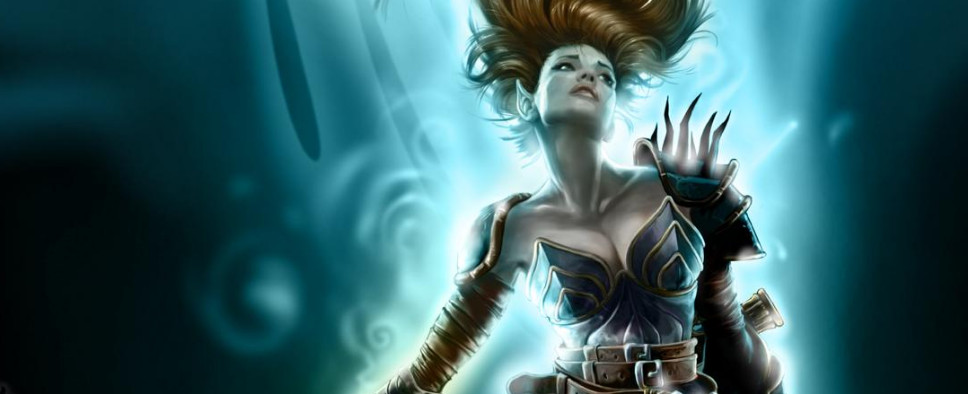Neverwinter Nights - Trent Oster Interview
-
Category: News ArchiveHits: 1635

One of the defining features of BioWare's Neverwinter Nights is its module editor that allowed just about anyone to become a digital dungeon master. And with that in mind, you might want to check out this TechRadar interview with Trent Oster where he discusses the challenges of developing an RPG with such a robust toolset and shares some stories from the trenches.
Here's a quick excerpt to get you started:
Bioware’s idea was a full digital adaptation of D&D, one that gave you not only the rules of the RPG, but the capacity to build your own campaigns. The fact it became Neverwinter Nights was mostly serendipity. “We wanted somewhere on the Sword Coast, but we wanted to be differentiated from Baldur’s Gate,” Oster says. “At the same time, Interplay was going to publish it and was like, ‘Hey, we’ve got the rights to this [early 90s MMO] Neverwinter Nights’.” In the end, Neverwinter Nights would be published by Atari, who acquired the rights to adapt Dungeons & Dragons in the middle of the game’s development.
As well as trying to build the entire D&D toolset, Bioware also decided that Neverwinter Nights would be a full real-time 3D game, and not isometric 2D like Baldur’s Gate. This made it difficult to attain the level of detail seen in Baldur’s Gate’s lush pre-rendered art. So instead, Bioware took advantage of the darker character of Neverwinter, using it to make the most of what 3D could offer in 2002. “We really leaned into that,” Oster says. “We were like, ‘OK, in Neverwinter Nights, a character has to be recognisable from their silhouette. So the shapes, like spikes on shoulder pads, really dominated the art look.”

